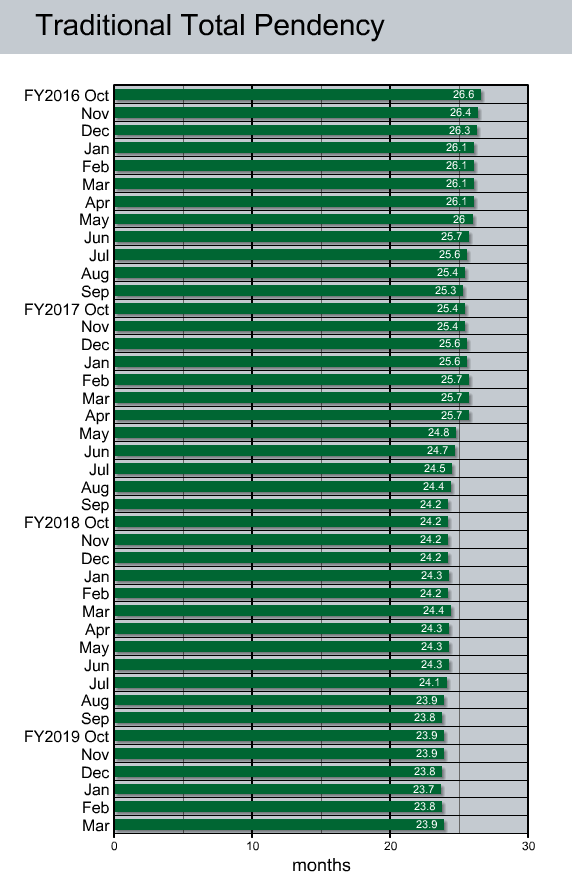As the 2019 PIUG Annual Conference approaches, we wanted to take a quick look back to see how the IP landscape has changed since PIUG 2018.
Last year, we discussed how many organizations were being asked to do more with less, and how issues associated with the availability of data were surpassed by issues of digesting or otherwise processing that data (with the goal of distilling it down to an actionable answer).
Since then, new solutions have emerged enabling more efficient processing of large and disparate datasets. Technology advancements in fields like Big Data and Network Storage, combined with advancements like Cloud Computing and Artificial Intelligence, allow users to take advantage of predictive analytics techniques that result in more productive data mining and data modeling of raw data. These technologies have transmogrified “siloed” datasets into integrated sources that can be simultaneously cultivated to yield information much more quickly, providing relevant insights that were previously unavailable or difficult to access.
As such, we’ve noticed a renewed interest in the usage of IP data as a dynamic source for quickly answering questions that lie beyond technology landscapes, priority searches, and patent ownership. More focus is directed towards resolving more granular inventorship queries, and providing more specific portfolio valuation information.
On the USPTO front, last year Joseph Matal, former Interim Director of the USPTO, mentioned improvements within the USPTO that addressed application pendency times. Judging by recent data, it appears that this latency is continuing to decline:

Source: The United States Patent and Trademark Office
Datasets are now positioned to be more accessible for deeper patent litigation and prosecution analyses, so, in theory, the quality of filings is improving. This, along with the sprouting of alternative business models like Litigation Finance, Patent Litigation Insurance, and Royalty Funding as new offerings, provide evidence of an evolving industry.
With Director Iancu in office for a little over a year, it might be appropriate to now ask how he and his agenda have influenced the world of IP. How has he impacted the activities of patent searchers?
With a new interface and improved functionalities, ktMINE has changed too. So, as we join you at PIUG this year, we’ll be interested in engaging and asking you what new solutions you’ve come across, and more importantly what problems are you facing. Is there anything new? Unforeseen? Something in the marketplace?
See you there!





